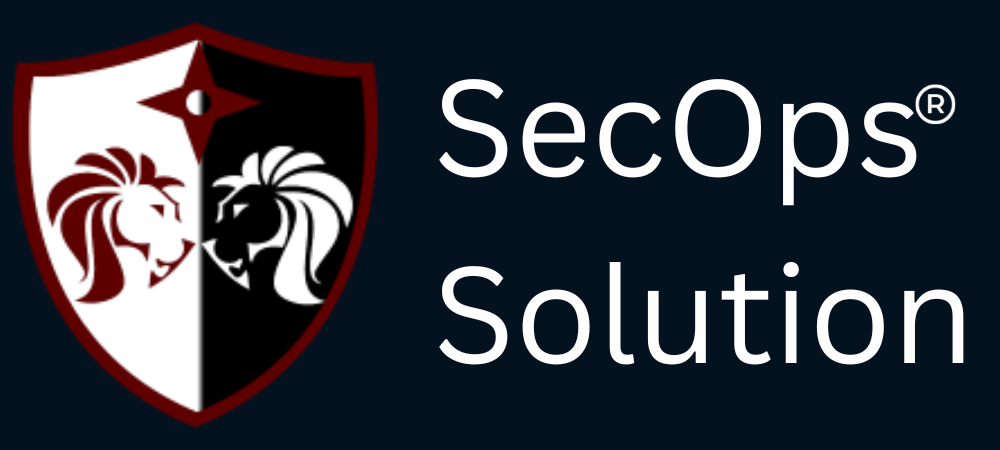With the shift towards remote and hybrid work models, organizations face increased cybersecurity risks. Cybercriminals are constantly targeting remote workers, exploiting vulnerabilities in home networks, personal devices, and unsecured connections. Securing a remote or hybrid workforce requires a proactive approach that includes robust security policies, advanced threat detection, and employee awareness.
Key Cybersecurity Risks in Remote and Hybrid Work
Here are some major cybersecurity challenges faced by remote and hybrid workforces:
- Phishing Attacks: Employees working remotely are prime targets for phishing scams that aim to steal credentials or infect systems with malware.
- Unsecured Networks: Public Wi-Fi and personal home networks lack enterprise-level security, making them vulnerable to attacks.
- Endpoint Security Risks: Personal devices used for work may not have the same security measures as corporate-owned devices, leading to data exposure.
- Weak Authentication Mechanisms: Using weak or reused passwords increases the risk of unauthorized access to critical business systems.
- Lack of Employee Awareness: Remote workers might not be fully trained on security best practices, leading to inadvertent security breaches.
Best Practices to Secure Remote and Hybrid Workforces
Organizations can strengthen their cybersecurity posture by implementing these best practices:
1. Implement Zero Trust Security Framework
Zero Trust operates on the principle of "never trust, always verify." It ensures that every user and device is authenticated and authorized before accessing company resources. Key elements include:
- Multi-Factor Authentication (MFA)
- Least privilege access controls
- Continuous monitoring of user activities
2. Enforce Strong Authentication and Access Control
- Require employees to use MFA for accessing corporate systems.
- Implement Single Sign-On (SSO) solutions to simplify authentication securely.
- Adopt Role-Based Access Control (RBAC) to limit user access to only what is necessary for their job.
3. Secure Endpoint Devices with Robust Protection
- Deploy endpoint protection software with real-time threat detection.
- Enforce encryption policies on all company and personal devices used for work.
- Implement Mobile Device Management (MDM) or Endpoint Detection and Response (EDR) solutions to manage security settings remotely.
4. Strengthen Network Security
- Require employees to use a Virtual Private Network (VPN) when accessing company resources.
- Monitor remote network traffic for anomalies.
- Encourage workers to set up strong Wi-Fi passwords and keep firmware updated.
5. Educate Employees on Cybersecurity Best Practices
- Conduct regular training sessions on recognizing phishing attacks and social engineering threats.
- Implement a security awareness program that includes simulated cyberattack exercises.
- Provide clear policies on secure data handling and reporting security incidents.
6. Implement Secure Cloud Collaboration and File Sharing
- Use secure cloud storage solutions with access control mechanisms.
- Enable encryption for all sensitive files shared across cloud platforms.
- Regularly audit and manage permissions to prevent data leakage.
7. Monitor and Respond to Threats in Real-Time
- Deploy Security Information and Event Management (SIEM) tools to detect and respond to threats promptly.
- Utilize AI-driven cybersecurity solutions for automated threat detection.
- Have an incident response plan in place to mitigate cyber threats effectively.
Conclusion
Securing remote and hybrid workforces is critical to ensuring business continuity and protecting sensitive data. By adopting a Zero Trust approach, enforcing strong authentication mechanisms, securing endpoints, and fostering a culture of cybersecurity awareness, organizations can mitigate risks associated with remote work. A proactive cybersecurity strategy ensures that businesses remain resilient against evolving cyber threats in today’s digital-first work environment.
By implementing these best practices, companies can create a secure and productive remote work environment, reducing the risk of cyberattacks while enabling employees to work efficiently from anywhere.
SecOps Solution is a Full-stack Patch and Vulnerability Management Platform that helps organizations identify, prioritize, and remediate security vulnerabilities and misconfigurations in seconds.
To learn more, get in touch.


